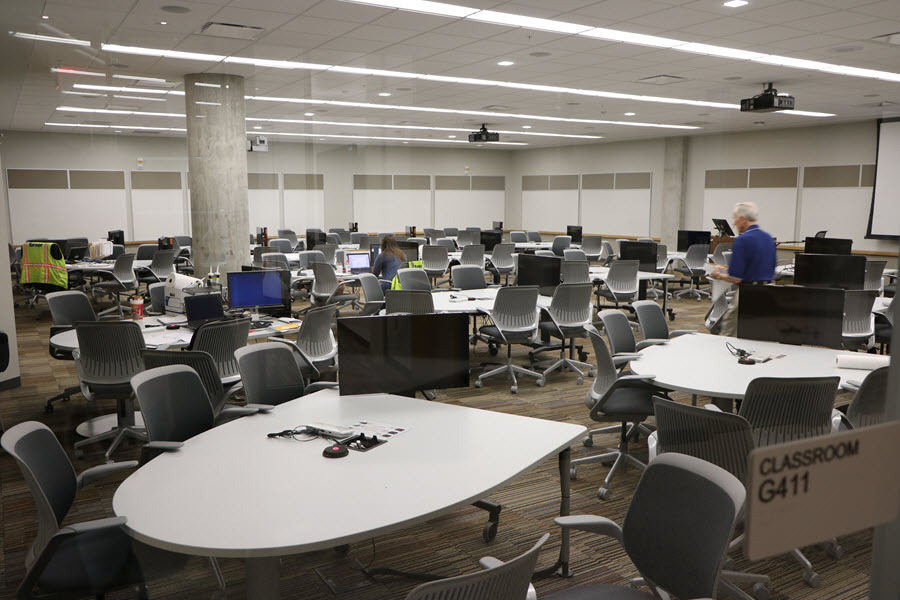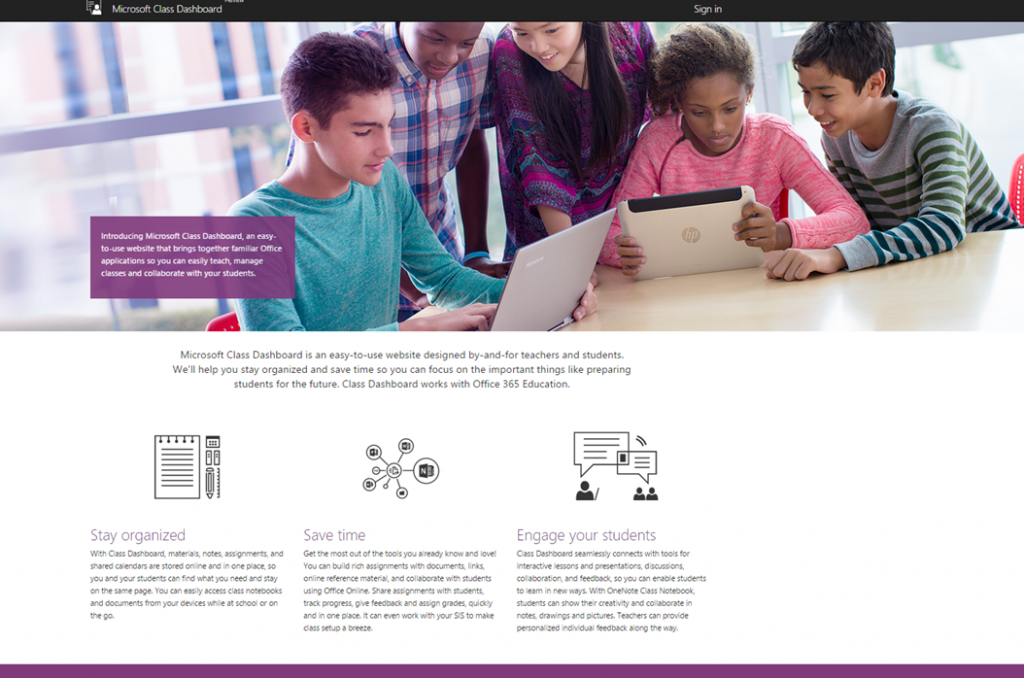More evidence about the weakness of memorization
More evidence about the weakness of memorization
True learning has little to do with memorization.
Benjamin Bloom explained that with enduring clarity 60-plus years ago. His six-tiered taxonomy places rote recall of facts at the bottom of a hierarchical order, with real learning taking place on higher tiers when students apply, analyze, synthesize, and create.

 In a webinar this week, though, Microsoft showcased an online amalgamation of its software that looks very much like a learning management system.
In a webinar this week, though, Microsoft showcased an online amalgamation of its software that looks very much like a learning management system.